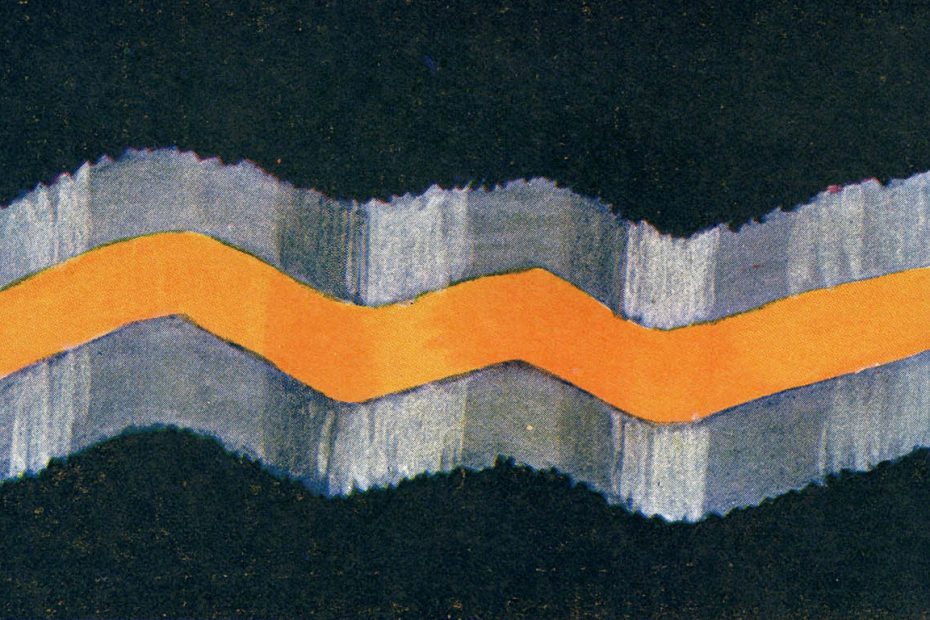Alumni Lectures: Thought Forms & Fictive Funerary Landscapes
October 16, 2020
Two Wired! Lab alumni are presenting their research virtually in the coming month. Timothy Shea (PhD in Art History, Duke) is a long tim collaborator on the Digital Athens project. Emily Leon (MA in Digital Art History, Duke) conducted her research under the supervision of Paul Jaskot.
Timothy Shea, Duke University and UNC at Chapel Hill
“Fictive Funerary Landscapes? Mourning Scenes on Athenian Funerary Vessels in Context”
October 20, 2020, 6:30 PM EDT
Register to attend here: https://go.unc.edu/Md4p8

Zoom link will be emailed to registrants 24 hours in advance of the lecture.
A group of Athenian funerary vases known as white-ground lekythoi serves as the most evocative visual evidence of ancient Greek funerary culture. These vases with their vibrant polychrome decoration often depict scenes of women mourning beside the grave marked with an elaborate tombstone. However, the production of these vessels (460-420 BCE) coincides with a period of time in Athens from which very few stone funerary monuments survive in the archaeological record. This discrepancy between the ubiquity of monuments on the vases and their stone counterparts’ scarcity archaeologically has led scholars to debate the nature of these mourning scenes on lekythoi and the role of tombstones within them. Were the scenes meant to evoke nostalgia for the elite funerary culture of the previous generation? Or were they aspirational, depicting the types of commemoration that were no longer socially acceptable or legally permissible? In this talk, Tim Shea engages with this long-running debate by utilizing digital mapping software to analyze the find locations of the few funerary monuments that survive from this period in relation to the excavated remains of pottery workshops where these vessels were likely produced. He also tracks the distribution of vessels across burial deposits in Athens and the wider Mediterranean to consider the effect of market forces on the production of these vessels. We encourage anyone interested in implementing GIS (Geographic Information Systems) and digital mapping techniques into their research or teaching to attend.
Tim Shea received his Ph.D. in Art History from Duke University in 2018. He has taught at Florida State University and Dartmouth College, where he was the lead instructor on their Foreign Study Program in Greece. This spring he will be taking up a position as Assistant Professor of Classics at the University of North Carolina at Chapel Hill, where he will be teaching Greek archaeology and ancient sculpture. His current book project, Death and Diplomacy: Citizens and Immigrants in Archaic and Classical Athenian Cemeteries, investigates the ways in which immigrant communities expressed their identity through the funerary landscape of ancient Athens. He is also currently working on a collaborative research project publishing the portrait sculpture from the Athenian Agora.
UNC Art Department: http://art.unc.edu
Contact: Christoph Brachmann, cbrachma[at]email[dot]unc[dot]edu
Emily Leon, Independent Scholar
“Between the Physical & Psychical: Esoteric Representations of Nature in the Work of Hilma af Klint”
November 19, 2020, 7:00 PM EST

Watch on @sacredbones Instagram Live: https://www.instagram.com/sacredbones/channel/
Scholars often focus on Swedish artist Hilma af Klint’s abstract images within the standard narrative of European modernism which can overlook their deep relationship to her interest in the scientific and esoteric. This talk addresses af Klint’s specific research into plants as a project in the scientific exploration of esotericism rather than as a “mere” continuation of other avant garde trends. In order to articulate the ways in which she draws on natural elements to represent the domain of unrepresentable form, this paper explores the multivalent elements present in her Tree of Knowledge series and sketches from her Flowers, Mosses and Lichens notebook. She no doubt believed in the entrancing power of nature, precisely because her notion of nature included a holistic understanding of the existence of matter in both biological and cosmological form. Her analytical method allows the image to act as a didactic model of expression that engages with nature and the world in new ways. Thus, af Klint’s non-representational approach to documenting her engagement with and unified experience of the natural world suggests the need for a deeper understanding of how spirituality and science interacted with one another during the first two decades of the twentieth century. Probing her relationship to science, spirituality, and visual art will help us think more critically about the broader aesthetic and social implications of her work.
